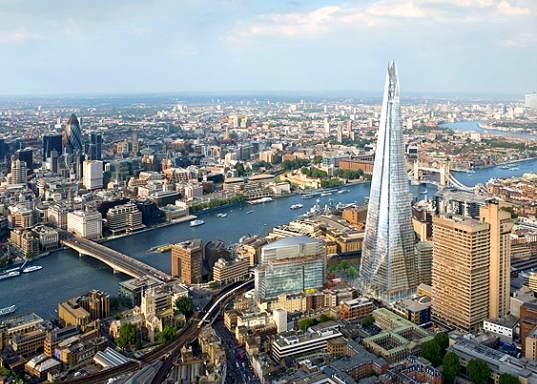After 12 years and nearly two billion euros of investment, the newest addition to London's skyline, the Shard, opened on the 4th of July. Funded by Qatar, the 310-metre-tall, 95-storey skyscraper is now the tallest building in Europe.
Swathed in sloping, fissured glass, the Shard's exterior reflects the sky and surrounding Southwark neighbourhood in a such a way that it looks almost invisible, a gently pointed mirage soaring out of London and slightly distorting the view of the city behind it.
Renzo Piano, the Shard's Genoa-born, Pritzker-prize winning architect who has worked on projects ranging from the living roof of the California Academy of Arts and Sciences to the Pompidou Centre in Paris, has stepped up to defend the building's most searing criticism--that it is too ostentatious for a city, and a world, in the midst of economic recession.
Citing New York's famous landmark, the Empire State Building, which was finished at the height of the Great Depression, Piano says the Shard "was conceived before the crisis, and it will enjoy life after the crisis".
Three floors of restaurants and 28 floors or offices along with an 18-floor Shangri-La Hotel and 12 floors of apartments create what the architect calls a "mini-city". Above the inhabitable floors, 15 floors of spire stretch to the sky, with nine open-air levels. From the top of the building, views stretch for 60 miles on a clear day.
Though the building is primarily privately owned, Piano has pushed for the creation of an observation deck, which will be open for a limited time in February 2013 on floors 68 to 72 for €30 per visitor.









